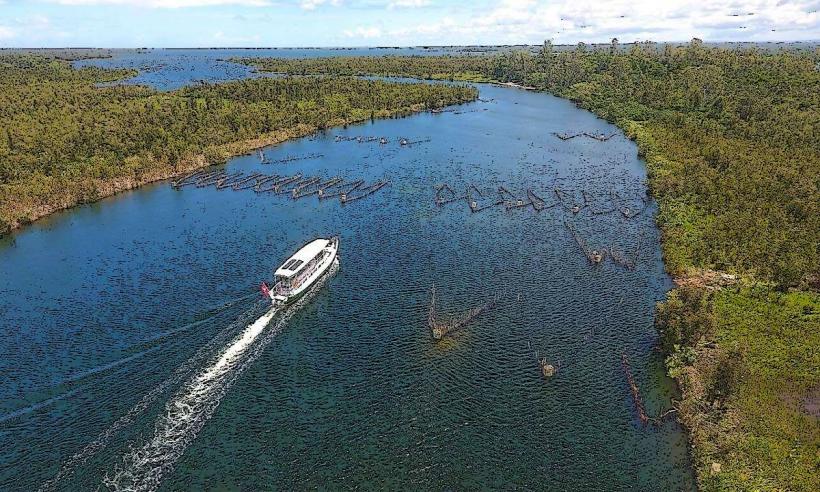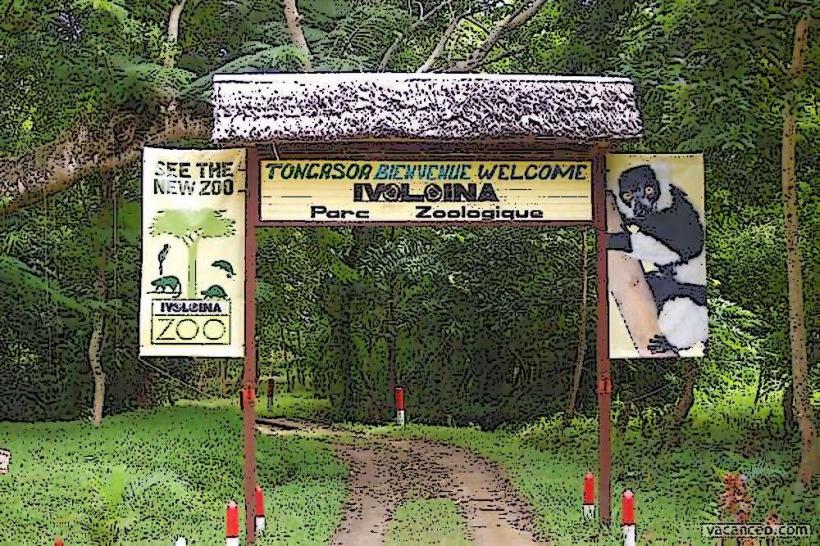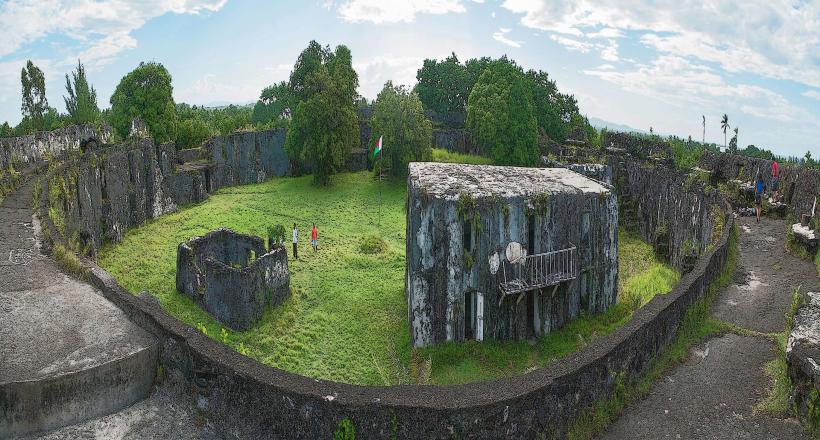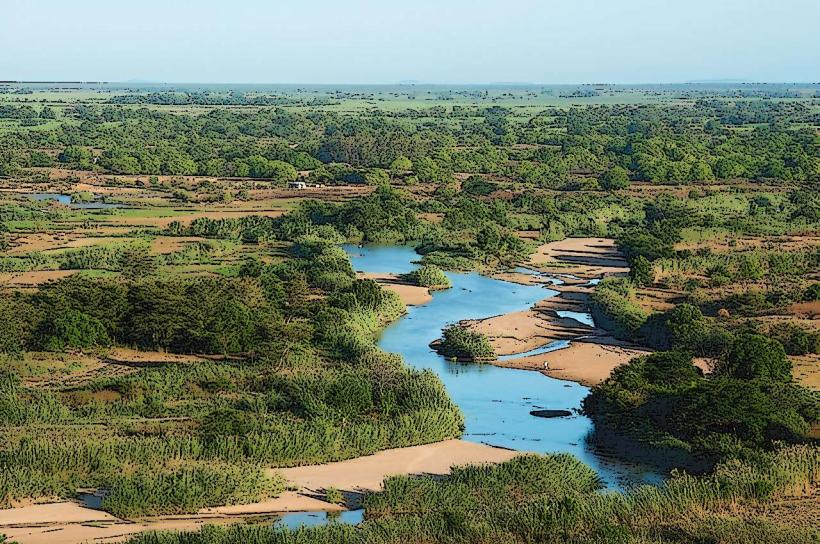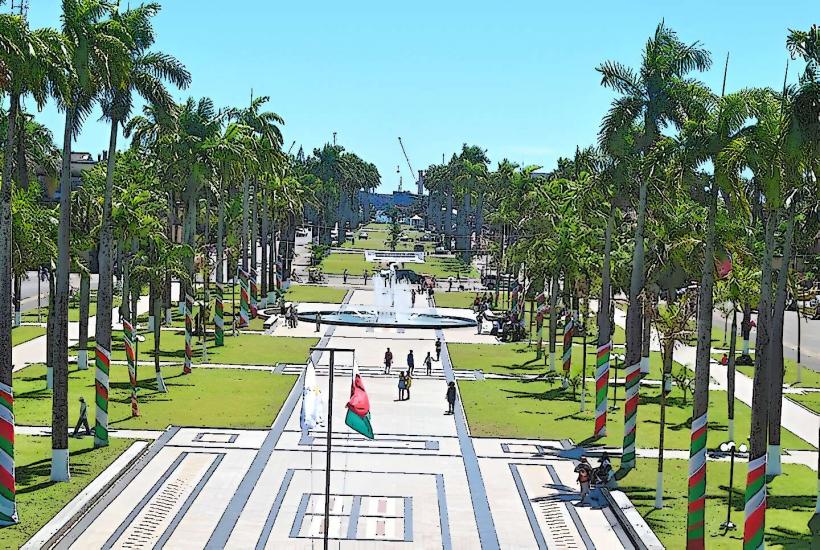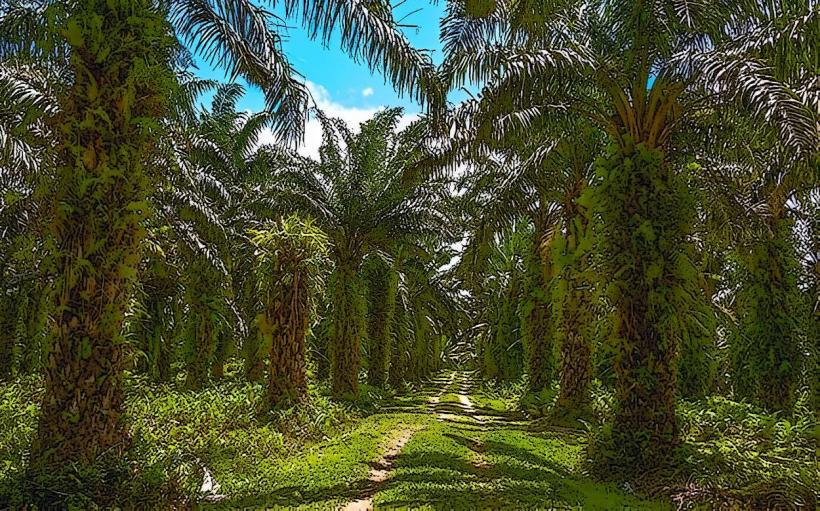Information
Landmark: Tsianaloka LakeCity: Toamasina
Country: Madagascar
Continent: Africa
Tsianaloka Lake is a picturesque and serene natural site located in Madagascar, known for its scenic beauty and biodiversity. While not as widely recognized as some of Madagascar’s other landmarks, the lake holds cultural, ecological, and possibly spiritual significance to the surrounding communities. Here is an overview of the key aspects of Tsianaloka Lake:
Location and Geography
- Region: Tsianaloka Lake is situated in the Atsinanana region of Madagascar, known for its lush landscapes and proximity to the Indian Ocean.
- Proximity: The lake is located near Toamasina (Tamatave), one of the major port cities on the island, making it relatively accessible to visitors and locals.
- Topography: Nestled within a tropical landscape, the lake is surrounded by rolling hills, forests, and wetlands.
Ecological Importance
Biodiversity:
The lake and its surrounding habitats are home to a variety of endemic species, including:
- Birds: Species such as the Madagascar kingfisher, herons, and waterfowl are commonly sighted around the lake.
- Aquatic Life: Fish and amphibians native to Madagascar thrive in its waters.
- Flora: Aquatic plants, reeds, and forest vegetation around the lake contribute to its ecological balance.
Wetland Ecosystem:
Tsianaloka Lake serves as a vital wetland ecosystem, providing water resources and supporting the livelihoods of local communities through fishing and small-scale agriculture.
Cultural and Local Significance
Traditional Practices:
The lake is likely intertwined with the cultural practices of the surrounding Malagasy communities. Lakes and water bodies in Madagascar often hold spiritual or ritual importance, with some considered sacred.
Community Use:
Local populations use the lake for fishing, irrigation, and sometimes as a source of potable water. These activities are often carried out in a sustainable manner to preserve the lake’s health.
Tourism and Activities
Though less developed as a major tourist site, Tsianaloka Lake offers opportunities for eco-tourism and outdoor activities:
Birdwatching:
The lake's rich avian diversity makes it an ideal spot for birdwatching enthusiasts.
Boating and Fishing:
Visitors can experience the tranquility of the lake by canoe or engage in traditional fishing practices.
Hiking and Picnics:
The surrounding hills and forests provide picturesque spots for hiking, picnicking, and photography.
Conservation Challenges
Deforestation:
The surrounding forest areas are sometimes threatened by logging and agricultural expansion, which can lead to habitat loss and soil erosion.
Water Pollution:
Unsustainable farming practices and waste runoff could potentially harm the lake’s water quality and aquatic life.
Climate Change:
Changes in rainfall patterns and temperatures may affect the lake's water levels and biodiversity.
Conservation Efforts
Efforts to protect Madagascar's wetlands, including Tsianaloka Lake, are crucial to preserving its unique ecosystems. These include:
- Community Education: Raising awareness among locals about sustainable practices.
- Eco-Tourism Promotion: Encouraging environmentally responsible tourism to generate funds for conservation.
- Collaboration: Working with organizations and government entities to establish protected areas around the lake.
Future Potential
Tsianaloka Lake has the potential to become a well-known eco-tourism site in Madagascar, with proper development and conservation:
- Infrastructure Development: Building eco-friendly accommodations and improving access could attract more visitors.
- Research Opportunities: The lake provides a living laboratory for studying Madagascar’s unique aquatic ecosystems and endemic species.
- Cultural Preservation: Incorporating local traditions and stories into tourism efforts could enrich visitor experiences and support the community.
Conclusion
Tsianaloka Lake is a hidden gem of Madagascar, offering natural beauty, ecological significance, and cultural depth. Its pristine environment and the biodiversity it supports make it an important asset for both local communities and visitors seeking an authentic experience of Madagascar's unparalleled landscapes. Conservation and sustainable tourism initiatives could ensure the lake’s preservation for future generations.


